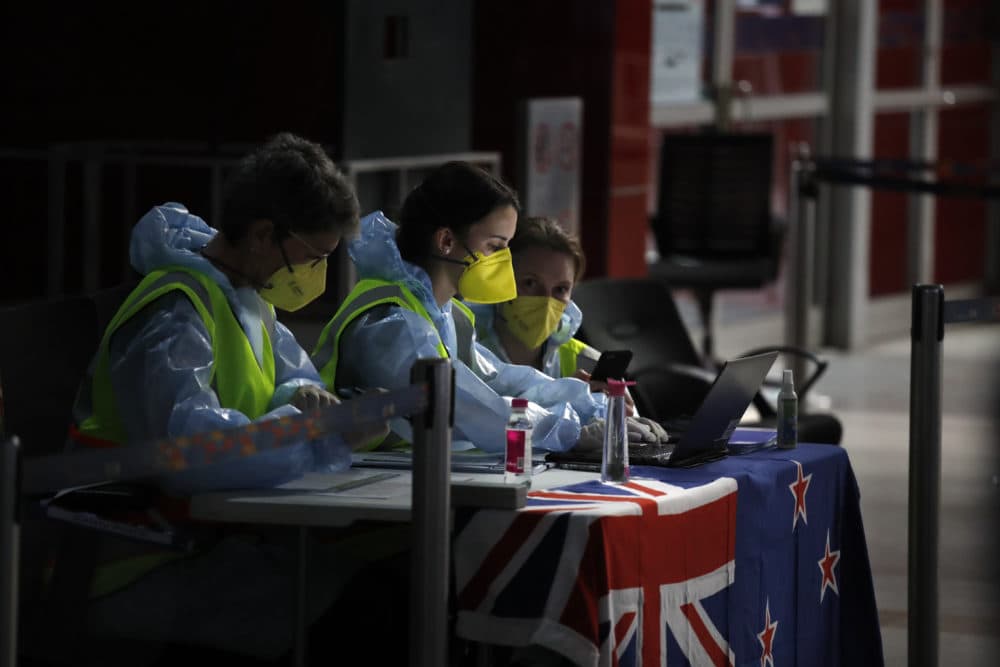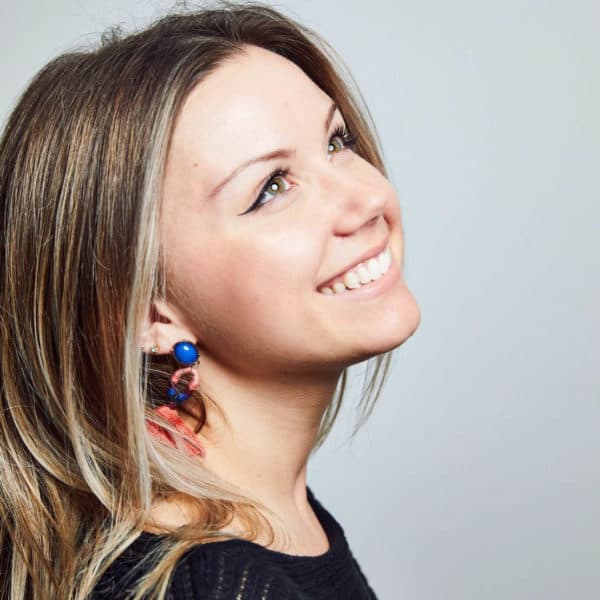Advertisement
How New Zealand's 'Eradication Strategy' Repressed COVID-19 Spread
Resume
On Tuesday, New Zealand reported no new cases of the coronavirus for the second day in a row.
The island nation has nearly 1,500 infections and 20 deaths. New Zealand Prime Minister Jacinda Ardern says community transmission has been stopped.
New Zealand’s strategy at first was to flatten the curve to take pressure off their health care system, says Richard Sutherland, head of news at Radio New Zealand. But that plan quickly pivoted to an “eradication strategy,” where actions were taken promptly to reduce the spread.
The government heeded the advice of medical experts to act quickly and imposed a national lockdown, he says. Part of Ardern’s eradication plan was to halt international travel early on.
“New Zealand is probably well-placed to do that because we are an island nation,” Sutherland says. “We have quite tight borders.”
Images and news reports of the “absolute carnage” the virus created in Europe, specifically Italy, he says, made it clear to New Zealand’s leadership that simply flattening the curve wasn’t enough.
“The idea of flattening the curve became unacceptable if the death toll was going to be that high,” he says. “The decision was made: We've got to try to eliminate and contain it as much as we can.”
The government also scaled up “aggressive” contact tracing measures, allowing them to make thousands of calls per day, NPR reports.
Like many places impacted by the pandemic, business and social restrictions put the country’s economy into a “coma,” Sutherland says. At first, a strict level four lockdown was set in place, which means people were essentially restricted to their homes unless an essential service like the grocery store or pharmacy was needed.
The pandemic also hit the tourism industry, a major part of the country’s economy. The island’s international tourism sector — which employs one in eight New Zealanders — is “effectively dead” at the moment, Sutherland says.
“Unemployment has spiked,” he says. “It was about 4% before COVID-19 hit, and now the forecasts are that it will go as high as 11%.”
The government has mobilized business relief efforts, including a wage subsidy for any business that can prove a significant drop in revenue due to the coronavirus, he says. The government initiative includes paying those business’s employees weekly.
“The government has indicated it's not afraid to spend whatever it takes to get us out of this,” he says.
Sutherland says New Zealanders referred to social distancing orders as “being in your bubble.” A bubble consists of one’s household or immediate family, and the idea is to keep your bubbles separate.
Ardern is slowly beginning to ease lockdown restrictions, starting with neighboring Australia. She recently met by video with the Australian government to discuss a “travel bubble” between the two countries.
Ardern, who took office two and a half years ago, has already faced multiple hardships as prime minister. She led the country through the March 2019 terrorist attacks at mosques in Christchurch and subsequently banned semi-automatic firearms. In December 2019, a volcanic eruption killed 21 New Zealanders and severely injured many others. Only a few months later, the coronavirus pandemic hit.
Ardern’s response to these tribulations has garnered her government “strong support” locally and internationally. She’s effectively “given a master class on how to communicate during a crisis,” he says, specifically compared to other leaders’ COVID-19 responses.
“She is benefiting from a lot of goodwill at the moment,” he says. “The question is, will that goodwill hold as this crisis draws on into weeks and months ahead?”
NPR is remembering people who have died of coronavirus as they continued to work outside their homes during the pandemic: health care workers; grocery store clerks; city and town services employees; police; domestic workers; mail carriers; caretakers; those who kept serving others as the rest of us have stayed home.
We'd like to hear a story from you about your lost loved one or friend. Head to npr.org/frontlineworkers to share a special memory you have of this person — it may appear online or on air.
Alex Ashlock produced and edited this interview for broadcast with Peter O'Dowd. Serena McMahon adapted it for the web.
This segment aired on May 5, 2020.

